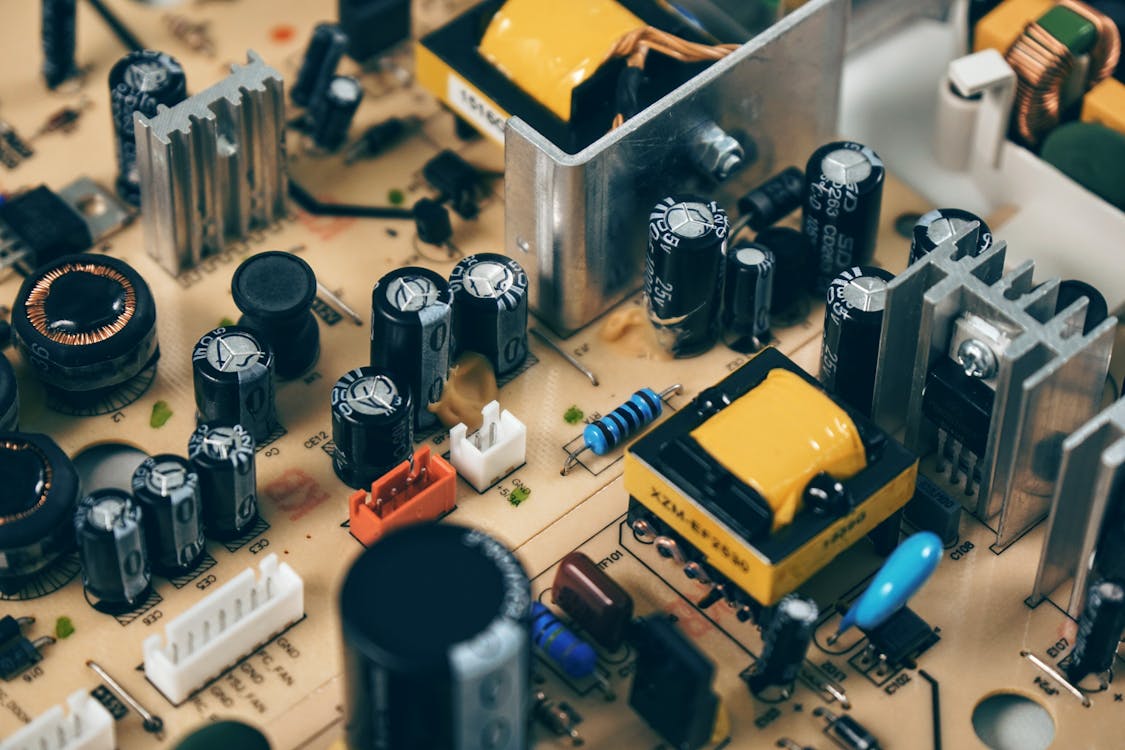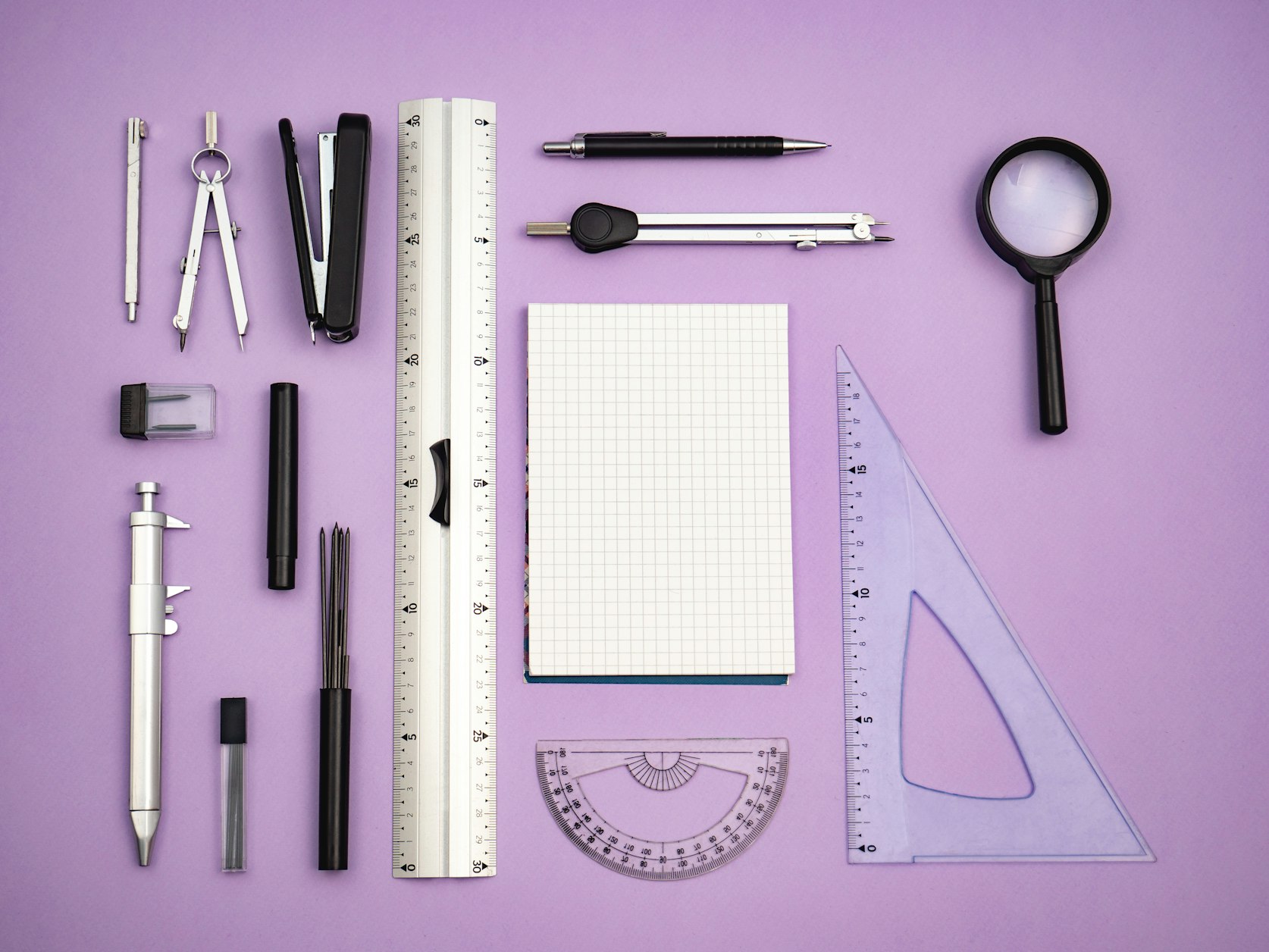Inductors - a short intro
Exploring the world of inductors

What are inductors?

Figure 1: Base Circuit Image
inductor works simply by passing a current thru the inductor as the current flow, a magnetic field is generated, this field strength is proportional to the number of turns of wire in the inductor, the geometry, etc., these factors are lumped together and called inductance, L, and measured in Henry’s named after the physicist Joseph Henry
Magnetic field

For Inductors we have:
Here Flux equals inductance times current, this means flux is equivalent to the amount of current you’d run through the inductor.
For Capacitors we had
Hence taking derivatives for both we get:
Connecting Capacitor to a Voltage source

For Capacitors, the moment we connect it to the voltage source the initial current will be very high (shown by yellow) as the charge starts accumulating at the plates, but as more and more charge accumulates it tries to resist the flow of positive current coming from the voltage source, and

Connecting Inductor to a Voltage source

For inductors, the moment we connect it to a voltage source the initial voltage will be maximum as shown in the graph above. Initially, the current will be 0, then over time the voltage will be getting decayed. The reason for this decay is there will not be any voltage drop and at some point there will be a constant current flow.



